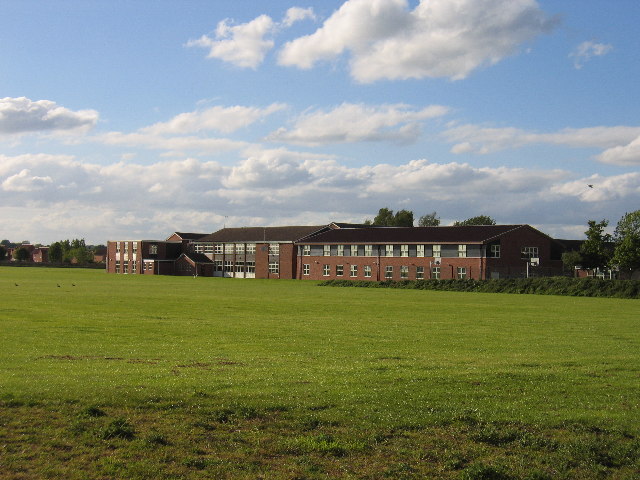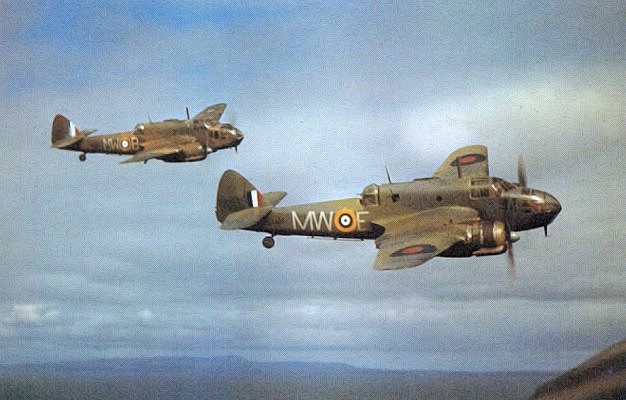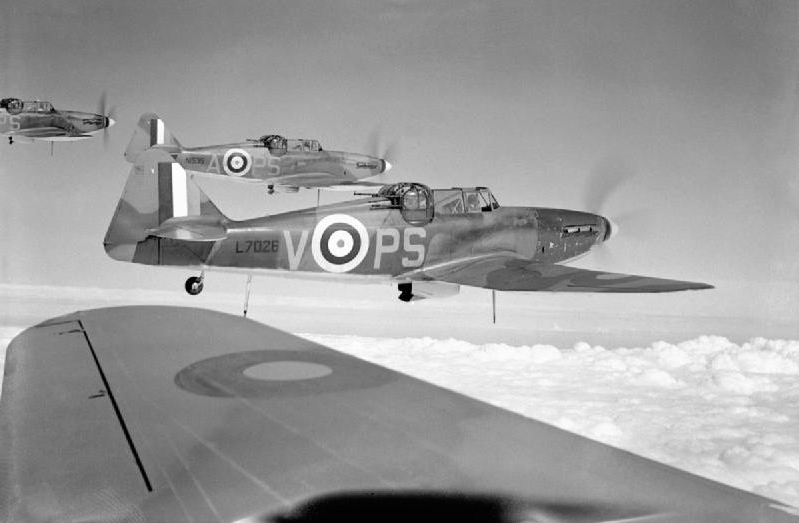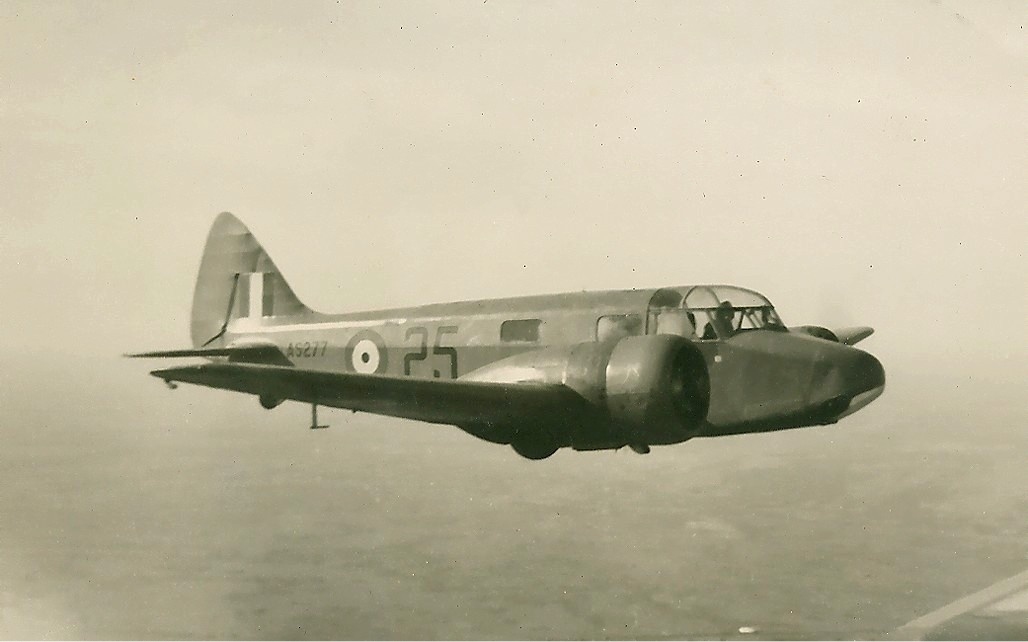|
RAF Warwick
RAF Warwick is a former Royal Air Force relief landing ground located south west of Warwick, Warwickshire, England. RAF Warwick was opened on a large grass field called Tournament Field in December 1941 and was closed on 4 February 1946. History The first unit to use the station was No. 1 Flying Instructors School (FIS) operating Airspeed Oxfords and Avro Tutors which taught flying instructors. The main base was RAF Church Lawford but Warwick and RAF Hockley Heath were satellites where aircraft were dispersed. 1FIS was previously No. 2 Central Flying School RAF but changed to the current name on 13 January 1941. On 27 October 1942 1FIS was disbanded and turned into No. 18 (Pilots) Advanced Flying Unit RAF ((P)AFU). No. 18 (P)AFU flew Oxfords and Boulton Paul Defiant The Boulton Paul Defiant is a British interceptor aircraft that served with the Royal Air Force (RAF) during World War II. The Defiant was designed and built by Boulton Paul Aircraft as a "turret fighter", w ... [...More Info...] [...Related Items...] OR: [Wikipedia] [Google] [Baidu] |
Warwick
Warwick ( ) is a market town, civil parish and the county town of Warwickshire in the Warwick District in England, adjacent to the River Avon. It is south of Coventry, and south-east of Birmingham. It is adjoined with Leamington Spa and Whitnash. It has ancient origins and an array of historic buildings, notably from the Medieval, Stuart and Georgian eras. It was a major fortified settlement from the early Middle Ages, the most notable relic of this period being Warwick Castle, a major tourist attraction. Much was destroyed in the Great Fire of Warwick in 1694 and then rebuilt with fine 18th century buildings, such as the Collegiate Church of St Mary and the Shire Hall. The population was estimated at 37,267 at the 2021 Census. History Neolithic Human activity on the site dates back to the Neolithic, when it appears there was a sizable settlement on the Warwick hilltop. Artifacts found include more than 30 shallow pits containing early Neolithic flints and pottery an ... [...More Info...] [...Related Items...] OR: [Wikipedia] [Google] [Baidu] |
Avro Tutor
The Avro Type 621 Tutor is a two-seat British radial-engined biplane from the interwar period. It was a simple but rugged basic trainer (aircraft), trainer that was used by the Royal Air Force as well as many other air arms worldwide. Design and development The Avro Model 621 was designed by Roy Chadwick as an Avro private venture metal replacement for the Avro 504. Conceived as a light initial pilot trainer, the biplane design featured heavily staggered equal-span, single-bay wings; the construction was based on steel tubing (with some wooden components in the wing ribs) with aircraft dope, doped linen covering. A conventional, fixed divided main undercarriage with tailskid was used in all but the latest aircraft, which had a tailwheel. The Model 621 was powered either by a 155 hp (116 kW) Armstrong Siddeley Mongoose or Armstrong Siddeley Lynx IV (180 hp/130 kW) or IVC (240 hp/179 kW) engine; later Lynx-powered models had the engine enclosed in a ... [...More Info...] [...Related Items...] OR: [Wikipedia] [Google] [Baidu] |
Airports In England
This list of airports in the United Kingdom is a partial list of public active aerodromes (airports and airfields) in the UK and the British Crown Dependencies. Most private airfields are not listed. For a list ranked by volume of traffic, see Busiest airports in the United Kingdom by total passenger traffic. The ICAO codes for airports in the United Kingdom (and its Crown Dependencies) begin with the two letters "EG". RAF Mount Pleasant on the Falkland Islands also uses the "EG" code. Airport names in ''italics'' are listed in the UK Aeronautical Information Publication. Airport names in bold have scheduled commercial airline service(s). Runway information is for the longest runway when more than one is available. Airports in England Airports in Northern Ireland Airports in Scotland Airports in Wales Airports in the British Crown Dependencies See also * Aviation in the United Kingdom * List of air stations of the Royal Navy * List of Royal Air Force stations * ... [...More Info...] [...Related Items...] OR: [Wikipedia] [Google] [Baidu] |
Aylesford School
Aylesford School and Sixth Form College is a coeducational all-through school and sixth form located in Warwick, England. It was constructed on part of the land that made up RAF Warwick RAF Warwick is a former Royal Air Force relief landing ground located south west of Warwick, Warwickshire, England. RAF Warwick was opened on a large grass field called Tournament Field in December 1941 and was closed on 4 February 1946. Histo ... which closed in 1946. References External links School website Academies in Warwickshire Educational institutions established in 1968 Buildings and structures in Warwick Secondary schools in Warwickshire 1968 establishments in England Primary schools in Warwickshire {{Warwickshire-school-stub ... [...More Info...] [...Related Items...] OR: [Wikipedia] [Google] [Baidu] |
Bristol Beaufighter
The Bristol Type 156 Beaufighter (often called the Beau) is a British multi-role aircraft developed during the Second World War by the Bristol Aeroplane Company. It was originally conceived as a heavy fighter variant of the Bristol Beaufort torpedo bomber. The Beaufighter proved to be an effective night fighter, which came into service with the Royal Air Force (RAF) during the Battle of Britain, its large size allowing it to carry heavy armament and early airborne interception radar without major performance penalties. The Beaufighter was used in many roles; receiving the nicknames ''Rockbeau'' for its use as a rocket-armed ground attack aircraft and ''Torbeau'' as a torpedo bomber against Axis shipping, in which it replaced the Beaufort. In later operations, it served mainly as a maritime strike/ground attack aircraft, RAF Coastal Command having operated the largest number of Beaufighters amongst all other commands at one point. The Royal Australian Air Force (RAAF) also m ... [...More Info...] [...Related Items...] OR: [Wikipedia] [Google] [Baidu] |
Boulton Paul Defiant
The Boulton Paul Defiant is a British interceptor aircraft that served with the Royal Air Force (RAF) during World War II. The Defiant was designed and built by Boulton Paul Aircraft as a "turret fighter", without any fixed forward-firing guns, also found in the Blackburn Roc of the Royal Navy. In combat, the Defiant was found to be effective at destroying bombers, the role it was designed for, but was vulnerable to the ''Luftwaffe''s more manoeuvrable, single-seat Messerschmitt Bf 109 fighters. The Defiant had been designed to destroy unescorted bombers by means of beam or ventral attacks and therefore lacked forward-firing armament, that proved to be a great weakness in daylight combat with fighters. It did, however, find success when it was converted to a night fighter. It eventually equipped thirteen squadrons in this role,Cagill 2005, p. 44. compared to just two squadrons as a day-fighter, though this was mainly due to slow initial production. In mid-1942 it was replaced ... [...More Info...] [...Related Items...] OR: [Wikipedia] [Google] [Baidu] |
RAF Hockley Heath
RAF Hockley Heath is a former Royal Air Force station located south of Solihull, Warwickshire, England, north-east of Redditch, Worcestershire. RAF Hockley Heath was opened in 1941 and was also known as Box Trees. Station history During the Second World War a Supermarine Spitfire or a Hawker Hurricane was parked at the airfield to boost public morale. The airfield closed in 1948. Based units A number of different units used the airfield throughout its lifetime, the first unit was No. 14 Elementary Flying Training School RAF (EFTS) which flew Tiger Moths using RAF Elmdon as the main airfield and Hockley Heath as a satellite between 10 September 1939 and 1 February 1946 providing initial assessment before pupil pilots were sent abroad in the Commonwealth Air Training Scheme which was operated by Airwork Services. Next was No. 1 Flying Instructors School RAF (FIS) flying Airspeed Oxfords and Avro Tutors using RAF Church Lawford as a main airfield and RAF Warwick and Hockley H ... [...More Info...] [...Related Items...] OR: [Wikipedia] [Google] [Baidu] |
RAF Church Lawford
Royal Air Force Church Lawford or more simply RAF Church Lawford is a former Royal Air Force station located south of Church Lawford, Warwickshire, England, south-west of Rugby, Warwickshire. The airfield opened in April 1941 and was used by the RAF for pilot training until it closed in 1955. Based units A number of Beam Approach units flew from the airfield like when No. 1509 (Beam Approach Training) Flight RAF (BAT Flt) arrived flying Airspeed Oxfords from 6 June 1942 and No. 1533 (Beam Approach Training) Flight RAF (BAT Flt) which again flew Oxfords from 27 October 1942 until April 1945. The first unit to use the airfield was No. 2 Central Flying School flying Oxfords and Avro Tutors from 15 June 1941 until 13 January 1942 when it was renamed No. 1 Flying Instructors School (FIS) flying Oxfords and Tutors carried on until October 1942. The unit was again renamed to No. 18 (Pilots) Advanced Flying Unit RAF ((P)AFU) flying Oxfords and Boulton Paul Defiants on 27 October ... [...More Info...] [...Related Items...] OR: [Wikipedia] [Google] [Baidu] |
Airspeed Oxford
The Airspeed AS.10 Oxford is a twin-engine monoplane aircraft developed and manufactured by Airspeed. It saw widespread use for training British Commonwealth aircrews in navigation, radio-operating, bombing and gunnery roles throughout the Second World War. The Oxford was developed by Airspeed during the 1930s in response to a requirement for a capable trainer aircraft that conformed with Specification T.23/36, which had been issued by the British Air Ministry. Its basic design is derived from the company's earlier AS.6 Envoy, a commercial passenger aircraft. Performing its maiden flight on 19 June 1937, it was quickly put into production as part of a rapid expansion of the Royal Air Force (RAF) in anticipation of a large-scale conflict. As a consequence of the outbreak of war, many thousands of Oxfords were ordered by Britain and its allies, including Australia, Canada, France, New Zealand, Poland, and the United States. Following the end of the conflict, the Oxford continue ... [...More Info...] [...Related Items...] OR: [Wikipedia] [Google] [Baidu] |
Warwickshire
Warwickshire (; abbreviated Warks) is a county in the West Midlands region of England. The county town is Warwick, and the largest town is Nuneaton. The county is famous for being the birthplace of William Shakespeare at Stratford-upon-Avon and Victorian novelist George Eliot, (born Mary Ann Evans), at Nuneaton. Other significant towns include Rugby, Leamington Spa, Bedworth, Kenilworth and Atherstone. The county offers a mix of historic towns and large rural areas. It is a popular destination for international and domestic tourists to explore both medieval and more recent history. The county is divided into five districts of North Warwickshire, Nuneaton and Bedworth, Rugby, Warwick and Stratford-on-Avon. The current county boundaries were set in 1974 by the Local Government Act 1972. The historic county boundaries included Coventry, Sutton Coldfield and Solihull, as well as much of Birmingham and Tamworth. Geography Warwickshire is bordered by Leicestershire to the nort ... [...More Info...] [...Related Items...] OR: [Wikipedia] [Google] [Baidu] |
England
England is a country that is part of the United Kingdom. It shares land borders with Wales to its west and Scotland to its north. The Irish Sea lies northwest and the Celtic Sea to the southwest. It is separated from continental Europe by the North Sea to the east and the English Channel to the south. The country covers five-eighths of the island of Great Britain, which lies in the North Atlantic, and includes over 100 smaller islands, such as the Isles of Scilly and the Isle of Wight. The area now called England was first inhabited by modern humans during the Upper Paleolithic period, but takes its name from the Angles, a Germanic tribe deriving its name from the Anglia peninsula, who settled during the 5th and 6th centuries. England became a unified state in the 10th century and has had a significant cultural and legal impact on the wider world since the Age of Discovery, which began during the 15th century. The English language, the Anglican Church, and Engli ... [...More Info...] [...Related Items...] OR: [Wikipedia] [Google] [Baidu] |
Airfields Of Britain Conservation Trust
The Airfields of Britain Conservation Trust (ABCT), founded 2006, is a non-profit organisation that works to preserve and protect airfields in Great Britain, as well as educating people about their history. The Trust is a registered charity. They place inscribed memorial stones on or near disused airfields, which have included a memorial at Fambridge, Essex in February 2009, at Windermere in Cumbria in 2011 and at Montrose Air Station Heritage Centre in May 2012. Other memorial locations include Harrowbeer, Hatfield, Lanark, Leavesden, Matlaske, Okehampton, Podington, Swannington, Westcott and Woburn Park Woburn Abbey (), occupying the east of the village of Woburn, Bedfordshire, England, is a country house, the family seat of the Duke of Bedford. Although it is still a family home to the current duke, it is open on specified days to visitors, .... References External links * Charities based in Glasgow Conservation in the United Kingdom Aviation history of ... [...More Info...] [...Related Items...] OR: [Wikipedia] [Google] [Baidu] |







